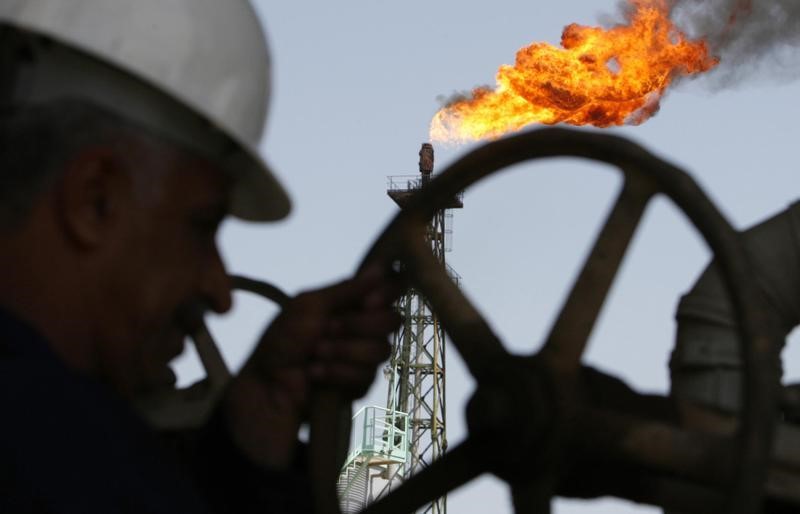By Barani Krishnan
Investing.com - The API set a bear trap, and at least some walked through it. The industry group forecast a weekly U.S. crude build for end-August, while the EIA, the government agency responsible for the data, reported a whopping draw to the dismay of oil bears.
New York-traded West Texas Intermediate crude was up 92 cents, or 1.6%, at $57.18 per barrel by 1:00 PM ET (17:00 GMT), after the Energy Information Administration said crude inventories fell by 4.8 million barrels for the week ended Aug 30. That was almost double the 2.5 million draw predicted by analysts tracked by Investing.com. The American Petroleum Institute, the industry group, had suggested an inventory build of 400,00 barrels instead.
London-traded Brent, the benchmark for oil outside of the U.S., continued to forage session highs above the key $60 per barrel level, gaining $1.03, or 1.7%, to $61.73.
The “API report has been proven to be a head-fake,” said Matt Smith, who tracks oil cargoes for New York-based Clipperdata.
Smith noted that, along with the higher-than-expected drop in gasoline stockpiles and surprise decline in distillate inventories, “the EIA reported a solid draw to crude stocks, with … exports holding above 3 million barrels per day for a second week - a hat-tip to Permian pipelines”.
But even before the EIA report, oil prices had been climbing on news that U.S. and China have agreed to more trade talks in October.
With the rally over the past 48 hours, both WTI and Brent have gained nearly 6%, extending into September the remarkable volatility seen through August. Year to date, the U.S. crude benchmark is up nearly 26%, while its U.K. peer has gained almost 15%.
But some remain skeptical over oil’s ability to rise above fears of a global recession and the related U.S.-China trade war.
According to news reports on Thursday, the two sides agreed over the phone to continue talks, with the Chinese Commerce Ministry and U.S. Trade Representative's Office confirming the development. No terms were, however, given.
In the past, markets from stocks to oil have rallied on expectations that the talks would lead to a trade deal, only to discover more tit-for-tat tariffs emerging.
On Sunday, Washington began imposing 15% tariffs on an array of Chinese imports, while China began placing duties on U.S. crude.
The United States also plans to increase to 30% from Oct. 1 the 25% duty placed on $250 billion worth of Chinese imports.
Adding to the U.S. rhetoric, President Donald Trump has warned that he’ll be tougher on Beijing in his second term -- which he must win first in 2020. Beijing, in response, said it has lodged a complaint against the United States at the World Trade Organization.
“We feel the energy markets will stay strong, but further gains from here in the days and weeks to come will be hard to build on, given the history of flip-flops by both sides in reaching a deal,” said Tariq Zahir, managing member of the oil-focused Tyche Capital Advisors fund in New York.
